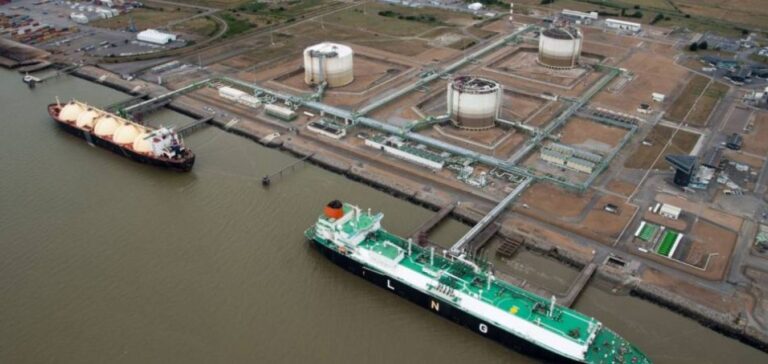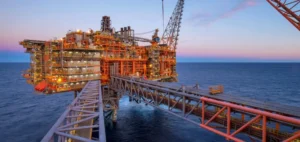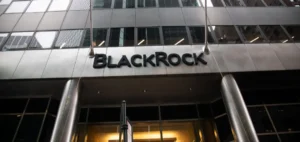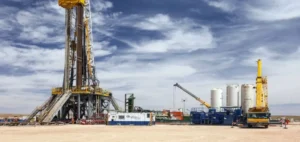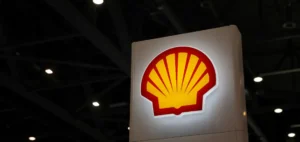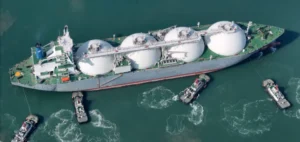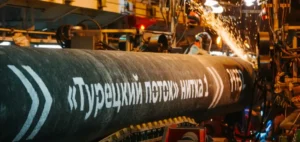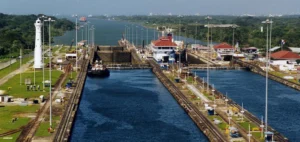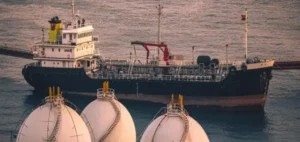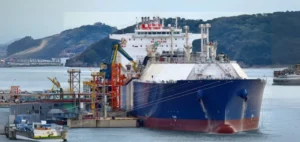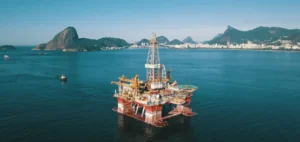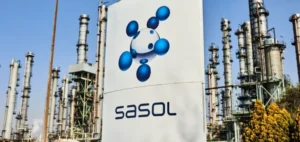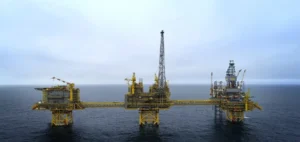US exports of liquefied natural gas (LNG) to Latin America and the Caribbean rose by 7% in August, reaching around 37.56 billion cubic feet (Bcf), compared with 35.19 Bcf in July, according to S&P Global Commodity Insights.
This moderate increase comes against a backdrop of fluctuating demand among the region’s main importers.
Six countries are receiving shipments in August: Dominican Republic, Brazil, Argentina, Colombia, Chile and Panama.
Dominican Republic and Brazil in the lead
The Dominican Republic remains the leading destination for US exports, with 10.75 Bcf in August, compared with 8.56 Bcf in July.
This volume marks the continuation of a long-standing trend, with monthly shipments of US LNG to the country continuing uninterrupted for the past 21 months.
The Dominican Republic’s stable energy needs and reliable import infrastructure justify this consistency. Brazil follows with 10.66 Bcf, a significant increase on the previous month’s 3.58 Bcf.
This represents the second-highest monthly volume shipped to Brazil this year.
This increase can be explained by cyclical factors such as seasonality or local market conditions, but does not represent a strong structural trend.
Volatility of volumes to Argentina and Colombia
Argentina showed a sharp reduction in imports, receiving 5.41 Bcf in August versus 14.09 Bcf in July, marking a drop of over 60%.
This variability may reflect optimized stock management or sufficient local production for the month in question.
Conversely, Colombia maintained a stable volume with 5.38 Bcf imported in August.
This country, like the Dominican Republic and Chile, remains a regular destination for US LNG exports, a sign of well-established trade relations.
Chile receives 3.58 Bcf, while Panama, with 1.79 Bcf, remains a minor destination, but continues to figure among the importing countries.
This distribution of volumes demonstrates the flexibility of the United States to respond to diversified demand in the region.
Cargo origins and price trends
LNG exports in August included 15 cargoes, compared with 13 in July.
The Freeport LNG facility in Texas and the Sabine Pass facility in Louisiana supplied a significant proportion of these cargoes.
Cameron LNG in Louisiana, Corpus Christi in Texas and Cove Point in Maryland also contribute.
These facilities play a strategic role in securing LNG flows to Latin America, reflecting a robust and diversified export capacity.
On the price front, the Platts Gulf Coast Marker for FOB cargoes loaded over a 30-60 day period is valued at $10.79/MMBtu on September 6, up 13 cents on the previous day.
This slight adjustment shows some tension on prices, influenced by regional demand and movements on international markets.


